| I’m sitting on a ferry and then bus ride, still in a state of bliss on my way back from the island of Kea to Athens . . . now fooling around with my phone flipping through photos, and I come across - oh yeah! There's my old Find My Hamstrings Project that I hoped to share with like-minded people. Maybe you are them! ~~~~~~~~~~~~~~~ |
| Onward to Hamstring Self-Discovery: Here on the left is a beautiful illustration of the hamstring muscles, from Netter's Atlas of Human Anatomy. The lateral and medial hamstring groups both attach on the pelvis at the ischial tuberosities (so much more elegant than "sit bones"). They travel down over the back of the thigh and attenuate into tendons that frame the back of the knee (popliteal space!) and attach on the medial and lateral lower leg. See? Their centerline is on the posterior thigh. See the back of the knee where the tendons of the hamstring muscles cross over to attach on either side of the lower leg? That's the "knee pit." To position our femurs in a neutral position, we line up the knee pits until they face directly backward, so when the hamstrings contract, the knee joint bends in the sagittal plane. Problem is, if our feet are lined up in neutral most of us discover that our knee pits face outward, revealing that our femurs (thigh bones) are inwardly rotated in relation to the lower legs. |
We develop these misalignments because our cultural habitat of flat surfaces, shoes, chairs etc. leads to immobility and weakness in our feet and hips.
Please, if this is all new to you check out Katy Bowman's video, "All About the Knees," or read Crystal Young's "Shocking News about the Knees." If you are with me on this, please continue on and view my embarrassing but I think interesting photo-self-exploration.
~~~~~~~~~~~~~~~
One day, preoccupied with the puzzle of my own knee pit alignment, I indulged myself with searching out and delineating where my hamstrings actually are with my knee pits in their normal misalignment, in comparison to where they land when I line up my knee pits to neutral.
(IMPORTANT NOTE: DO ALLOW the inner edges of your feet to come up in response to external femur rotation! If you don’t you will put too much pressure on feet and knees.)
In the slide show below, I explore with my fingers, tracing the perimeter of both lateral and medial groups of muscle.
In the slide show below, I explore with my fingers, tracing the perimeter of both lateral and medial groups of muscle.
- In the first 4 images my femurs are relaxed into internal rotation.
- The next 11 photos (the ones with the inner edge of feet lifted) show me attempting to keep my femurs externally rotated to a neutral position. Watch the hamstrings shift position. Neat, huh?
You can see that when the knee pit faces outward, the hamstrings are twisted out of their natural line of pull, and because this is the state they're in all day and all night, during all our movements and non-movements, the muscles themselves are constantly under stress -- not to mention the effect on how our joints articulate, and gradually degenerate.
So, are your hamstrings on the back of your leg, or are they facing out?
Before I performed this little self-obsessed experiment, I already was completely convinced that I need to practice the position and exercise of External Femur Rotation*, but I wanted to get a better sense of just what is happening with the position of the muscles directly involved. It helps me when I get a wider focus**.
Try it out in the mirror, and you can get a very red face, too!
(Or get a friend to help, instead.)
So, are your hamstrings on the back of your leg, or are they facing out?
Before I performed this little self-obsessed experiment, I already was completely convinced that I need to practice the position and exercise of External Femur Rotation*, but I wanted to get a better sense of just what is happening with the position of the muscles directly involved. It helps me when I get a wider focus**.
Try it out in the mirror, and you can get a very red face, too!
(Or get a friend to help, instead.)
~~~~~~~~~~~~~~~~~~~~~~~~~~~~~~
* See Katy Bowman's video, "Finding Your Deep Hip Rotators" for a great exercise to help with this.
** (Speaking of wider focus and overall picture, you may have noticed how my Achilles tendons look really weird when my knee pits are lined up. Yes, it's troubling, isn't it? That's a whole 'nother piece to work on. Hint: "Shank Rotation." The fun never ends!)
** (Speaking of wider focus and overall picture, you may have noticed how my Achilles tendons look really weird when my knee pits are lined up. Yes, it's troubling, isn't it? That's a whole 'nother piece to work on. Hint: "Shank Rotation." The fun never ends!)
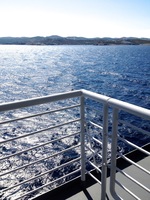

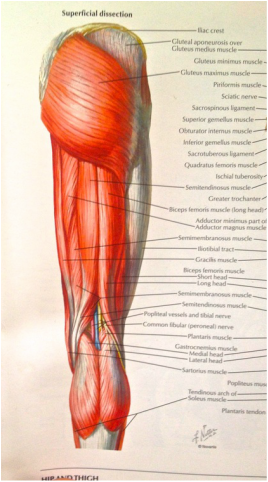
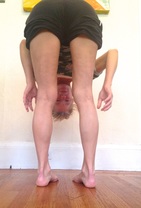
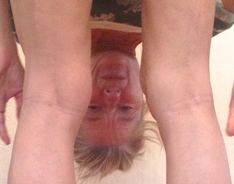
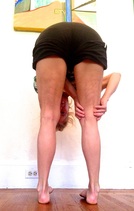
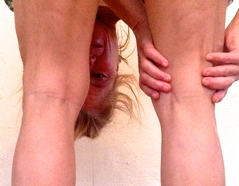
 RSS Feed
RSS Feed